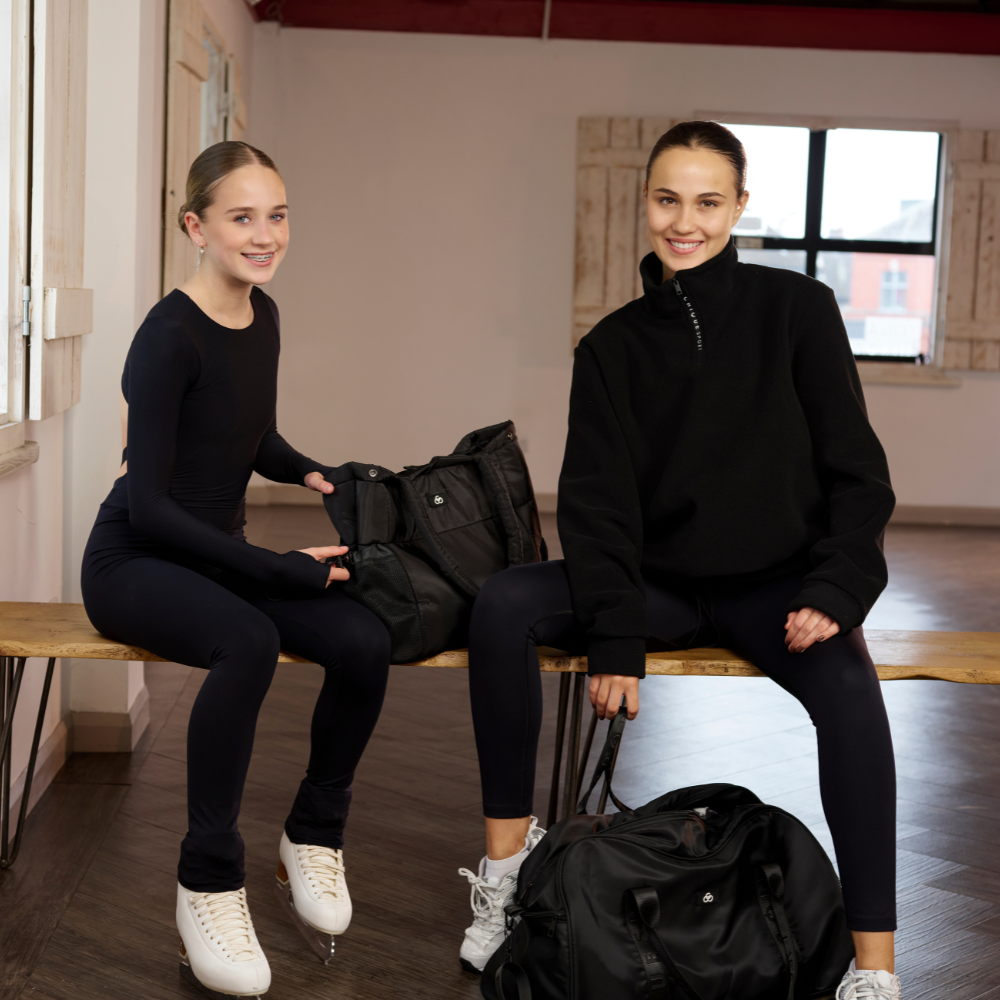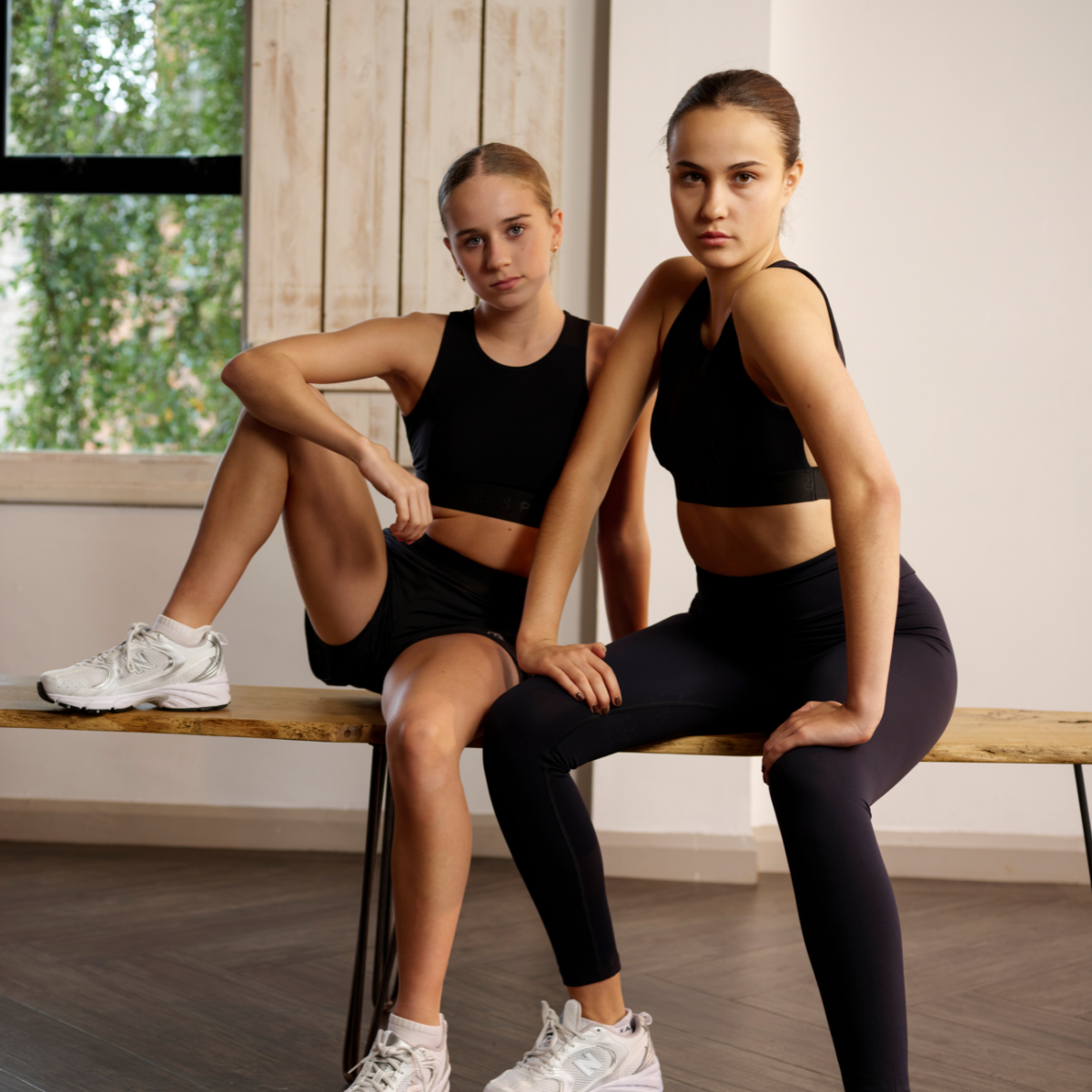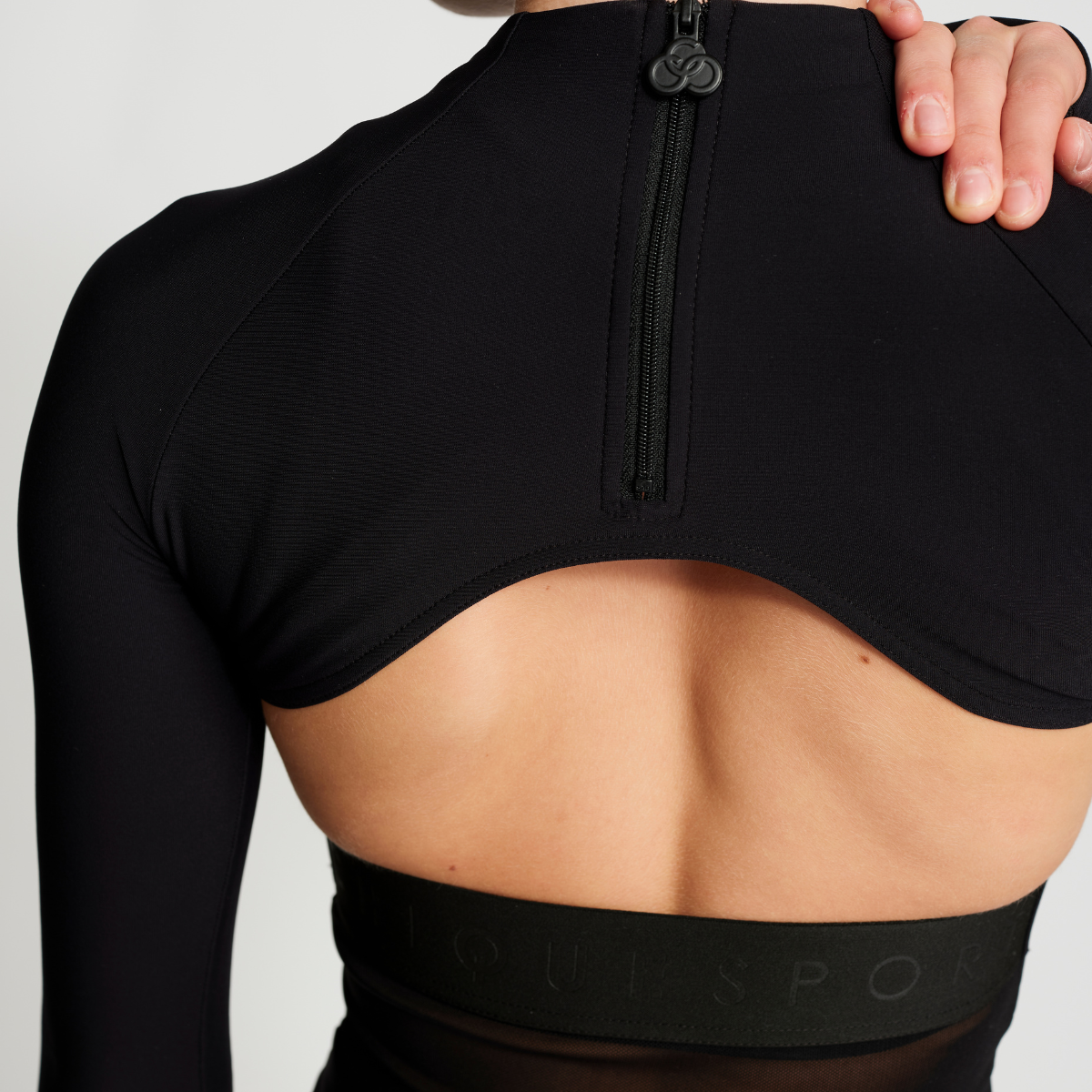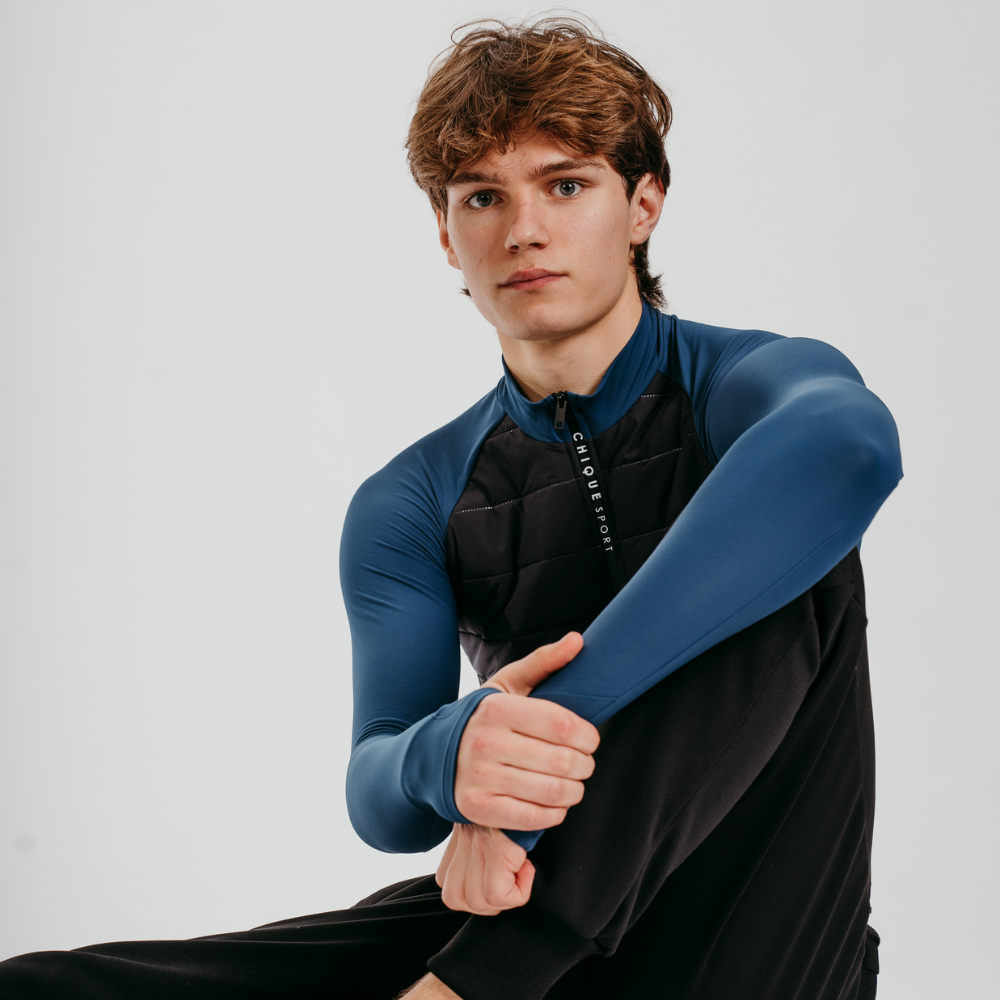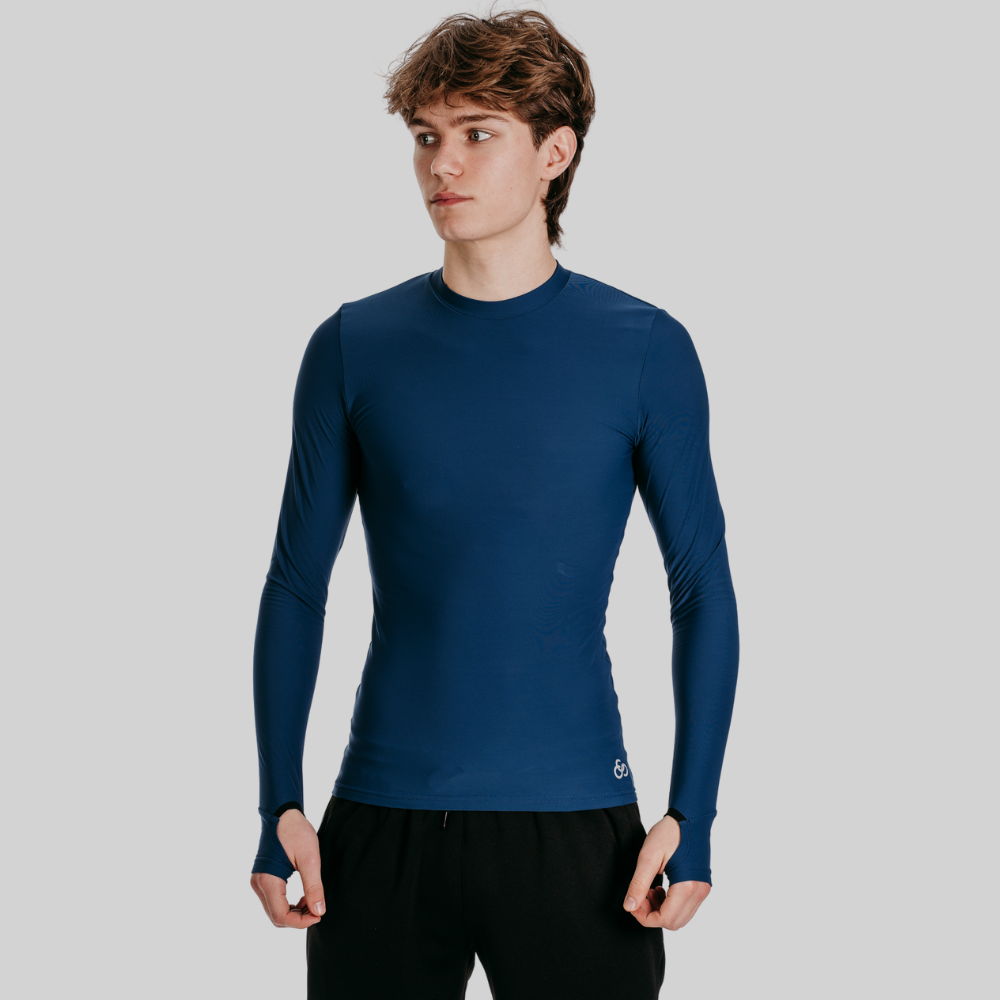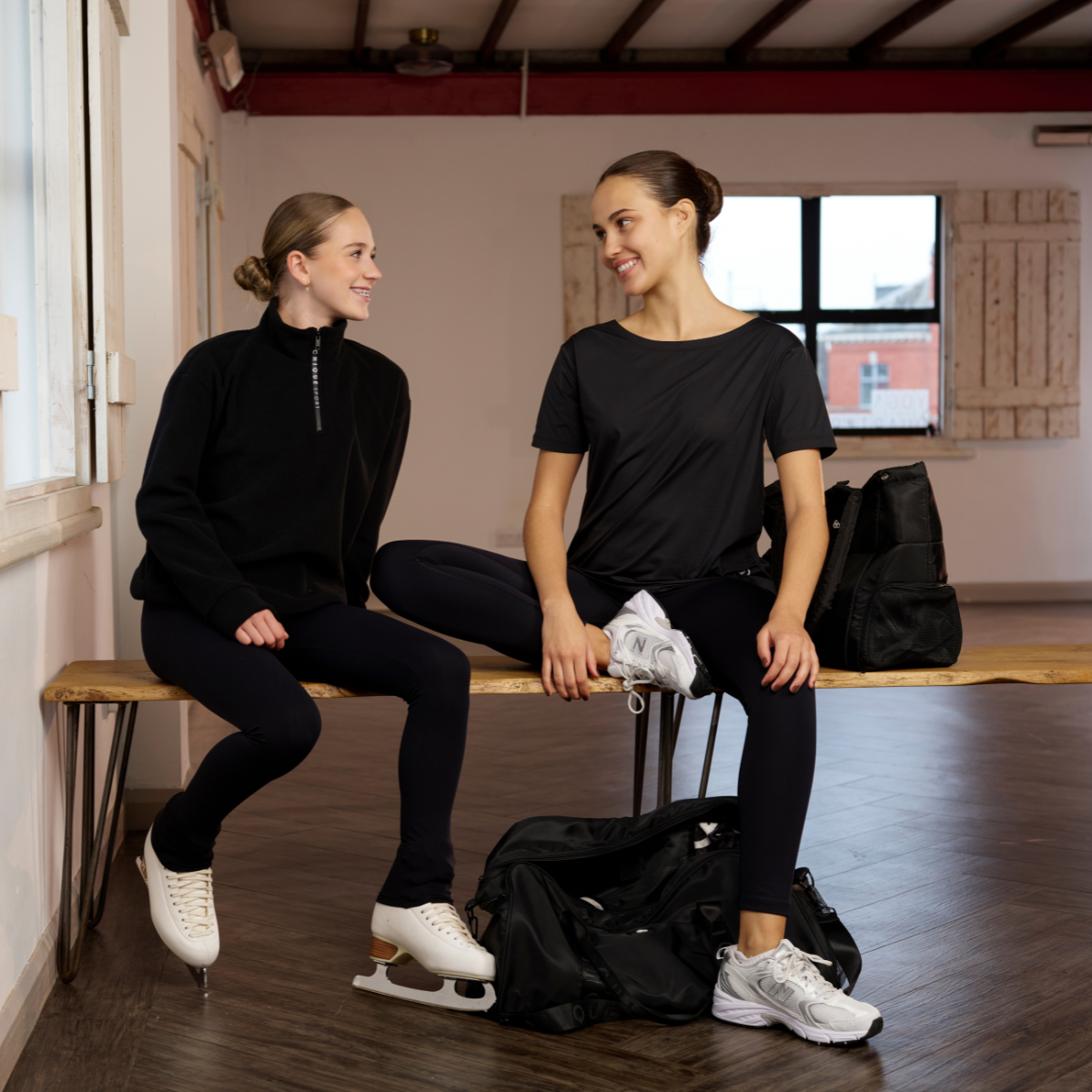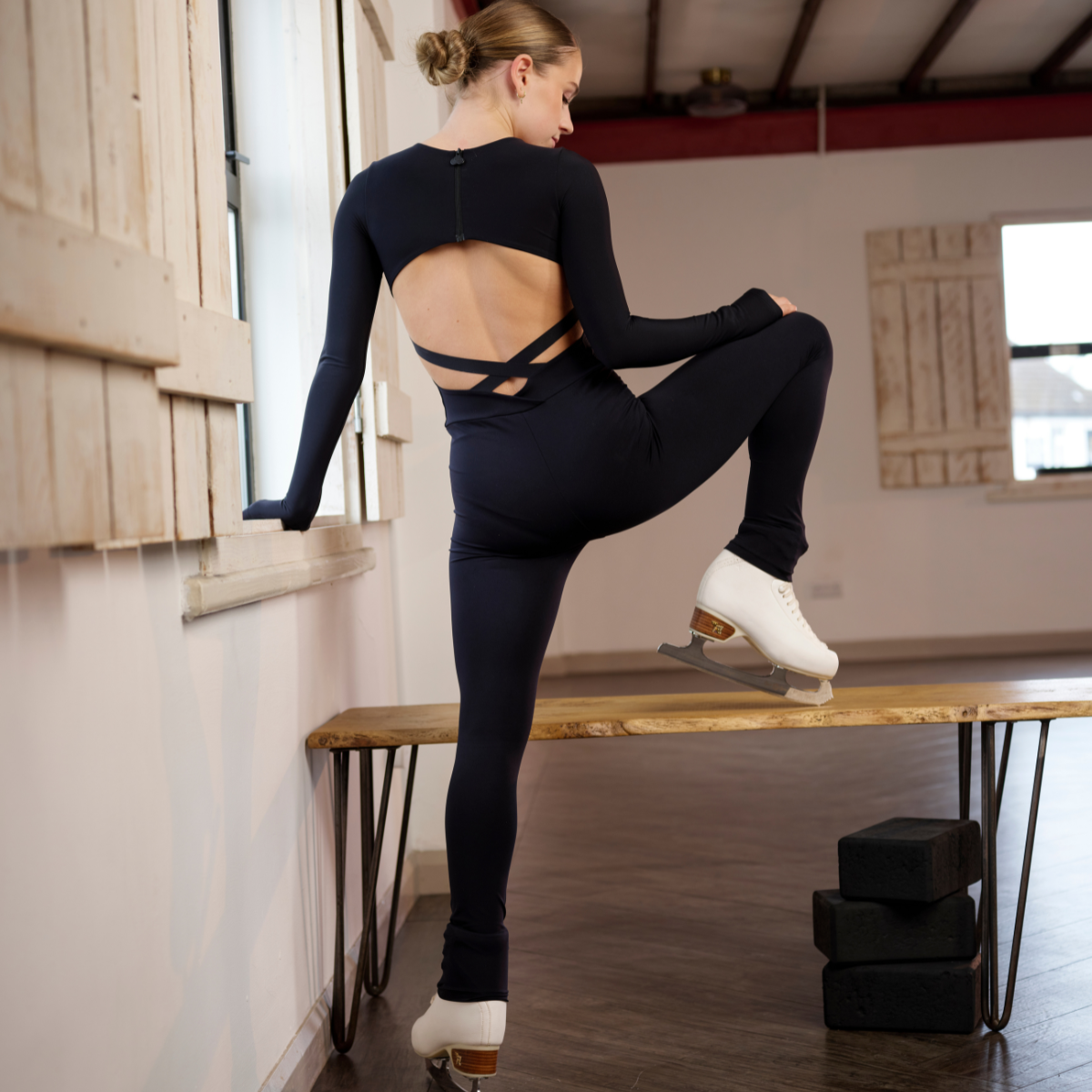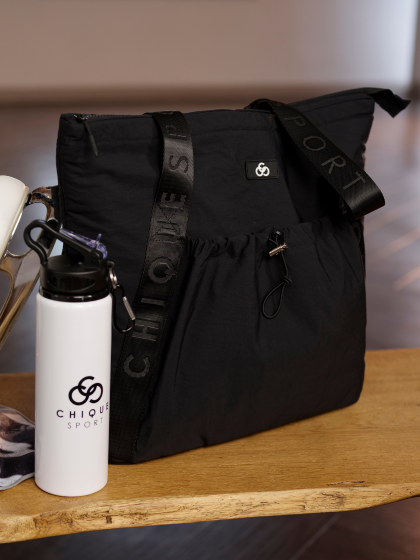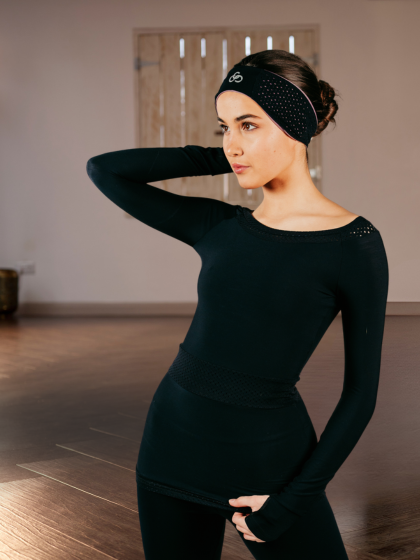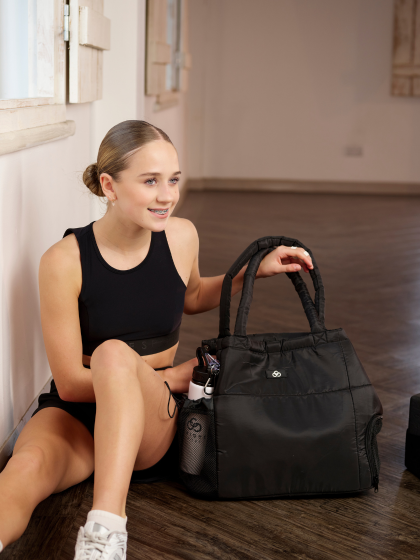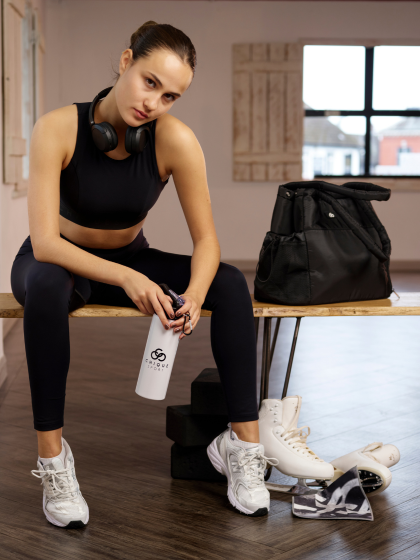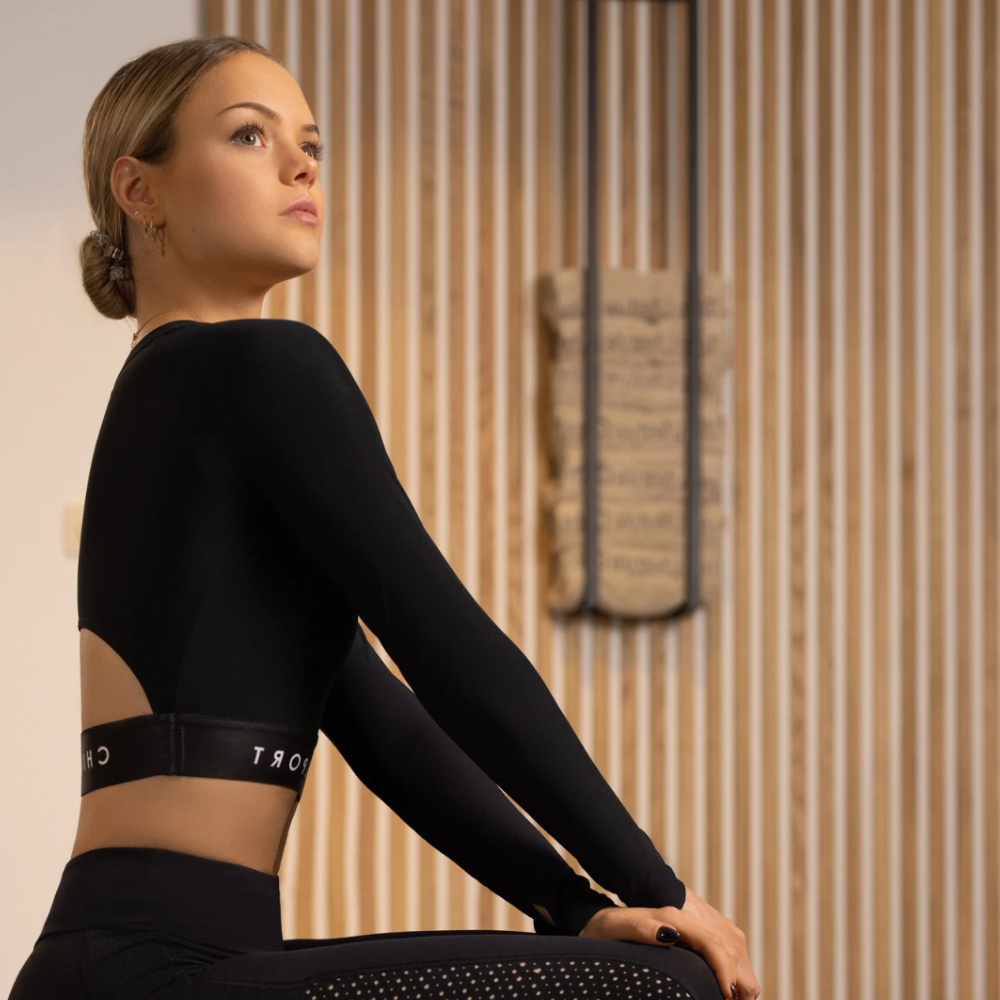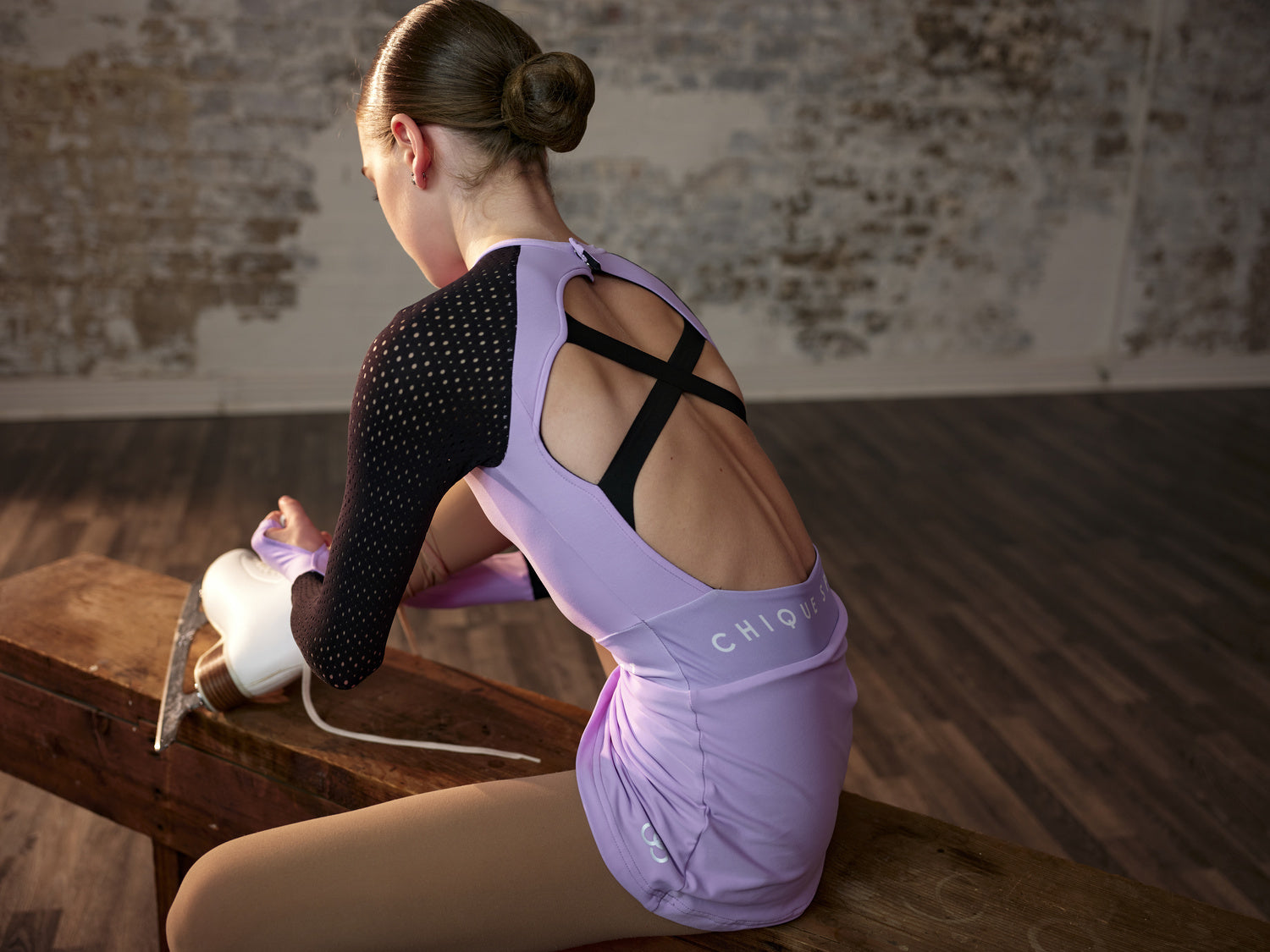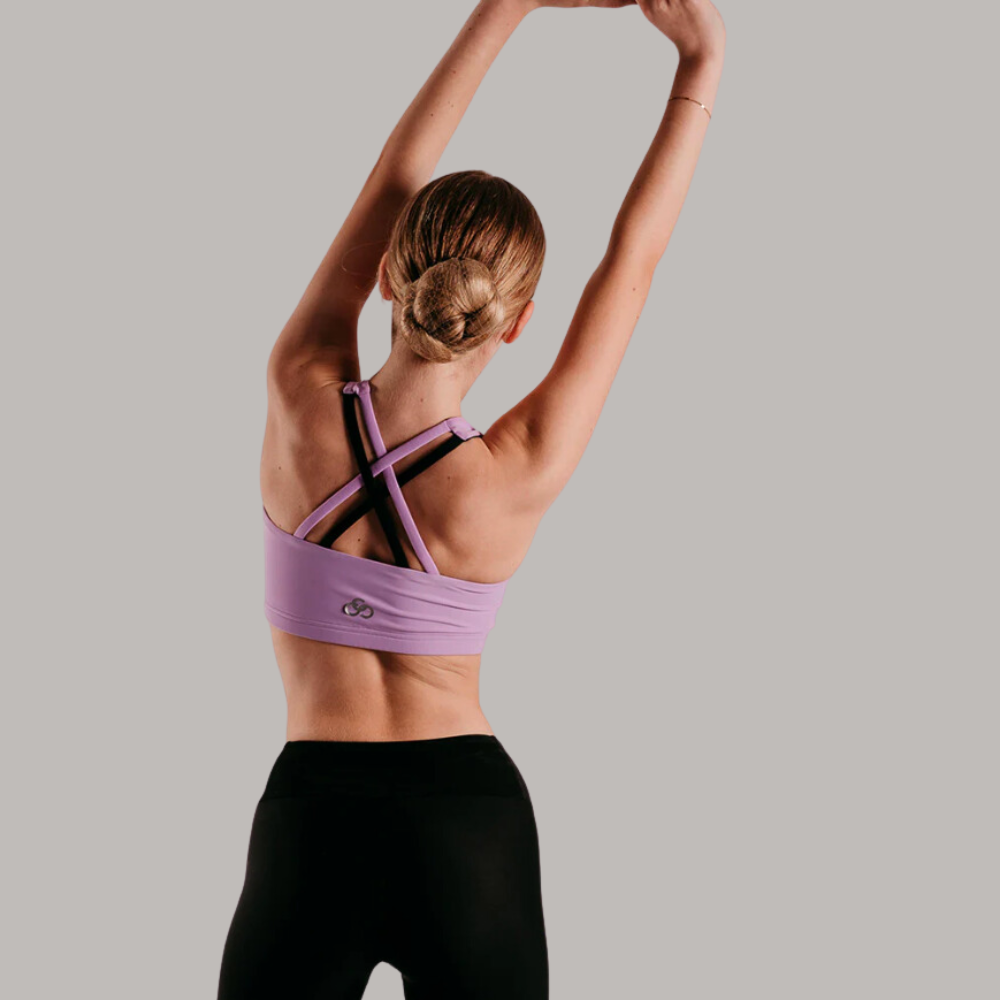If you’re curious about the differences between ice dance and pairs figure skating, you’re in the right place. Whether you’re a beginner skater, a parent of an aspiring young skater, or simply passionate about the sport, understanding these two captivating disciplines will help you decide which path might be the best fit for you or your child.
Ice Dancing and Pairs Figure Skating (in a Nutshell!)
Ice Dance Explained
Ice dance is a form of figure skating where partners perform to music, focusing on rhythm, interpretation, and precise footwork. Unlike pairs skating, ice dance routines are more about the grace and harmony between partners rather than jumps and throws. Skaters tell a story through their movements, captivating the audience with their synchronised steps and elegant expressions.
Ice dance began as a competitive sport in the 1950s. It was inspired by ballroom dancing, and soon gained popularity. By 1976, ice dance made its debut in the Winter Olympics, bringing its unique charm to a global audience.
In competitions, ice dance has strict rules:- Skaters must follow specific rhythms and dance patterns
- Lifts can't go above the shoulders
- Routines must highlight the music's character
Advice for ice dancing beginners:
Children usually start ice dance around 4-5 years old, building basic skills, and move to more structured ice dance training by 6-8 years old. It's important they're well-prepared for practice during these early years, so make sure they have the right figure skating equipment and clothing.
Our matching sets, like the Ignite non-slip leggings and crop top, are perfect for on-ice sessions!
Pairs Figure Skating Explained
Pairs figure skating is a captivating sport where a male and female skater perform together, showcasing impressive lifts, throws, and synchronised jumps. This discipline combines athletic merit with artistic licence, creating routines that are both technical and visually stunning.
Judges score pairs moves based on precision, timing, and difficulty. Trust and coordination between partners are crucial, as one small mistake can make a big difference!
Pairs figure skating began as a competitive sport in the early 20th century and became an Olympic event in 1908. Over the years, the sport has evolved, with skaters pushing the boundaries of what's possible on ice.
- Side-by-side figure skating jumps
- Figure skating spins
- Intricate figure skating lifts
Advice for starting pairs figure skating:
Children usually start pairs skating around 7 to 9 years old, once they've developed strong individual skills. It's a fun challenge that builds trust and coordination between partners. For young skaters, having the right gear is essential. Our Ignite Sports Bra offers excellent support and comfort, perfect for those intense practice sessions.
Differences between Ice Dancing vs Pairs Figure Skating
Understanding the differences between ice dancing and figure skating can help you appreciate the unique aspects of each discipline and decide which might be the best fit for you!
Check out these 4 main differences:
We’ve summarised all these differences below:
| Ice Dancing | Pairs Figure Skating |
|
|
|
|
|
|
|
|
|
|
|
|
Similarities Between Ice Dancing vs Pairs Figure Skating
Understanding these similarities between ice dance and figure skating can also help us see how both disciplines are built on a shared foundation of skill, training, and partnership!
Take a look at these main 3 similarities:
Hit the Ice with Chique Sport!

That’s our overview of Ice dance vs Figure Skating - we hope you learnt something you can take forward into your figure skating journey, whether you opt for pairs skating or ice dance! It's clear that both disciplines require an immense amount of practice and skill in their own unique ways.
If you or your child plan to hit the ice rink soon, check out our full range of stylish and functional figure skating clothing. With built in support and durable fabrics, our training gear makes sure you feel comfortable so you can perform at your best!
